In the early light of artificial intelligence, the world was simple.
Machines were taught to mimic basic human tasks. As time moved, so did the ambition of those who programmed these machines. The first whispers of understanding human language emerged in what we now call Natural Language Processing (NLP).
It was a modest beginning, a foundation on which something greater could be built.
Years passed, and the machines learned to speak more fluently, more like us. They evolved into what we term Large Language Models (LLMs).
These models didn’t just mimic – they began to understand, to respond with a depth that was once thought impossible for cold circuits and silicon.
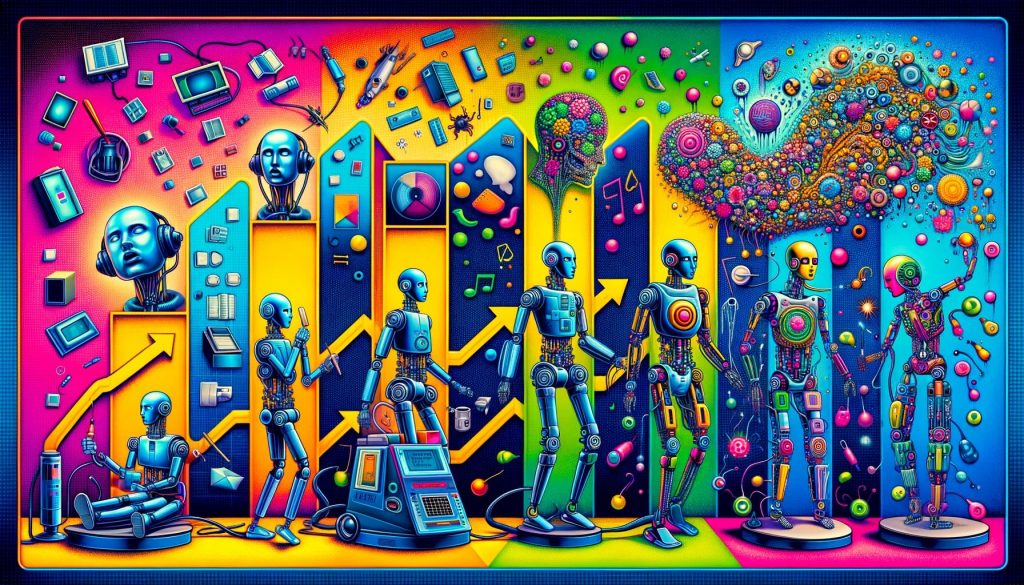
Now, we stand on the precipice of a new era. Generative AI, the latest offspring of this technological lineage, paints not just in words but in ideas.
It is a leap from understanding to creating, from repeating to innovating. In the quiet hum of their processors, these machines now generate art, write poetry, and compose music, encroaching upon realms we once thought were exclusively human.
In this article, we will explore how these concepts – NLP, LLMs, and Generative AI – intertwine and diverge, shaping the path of modern AI.
Historical Context: A Deeper Dive into LLMs, GenAI and NLP
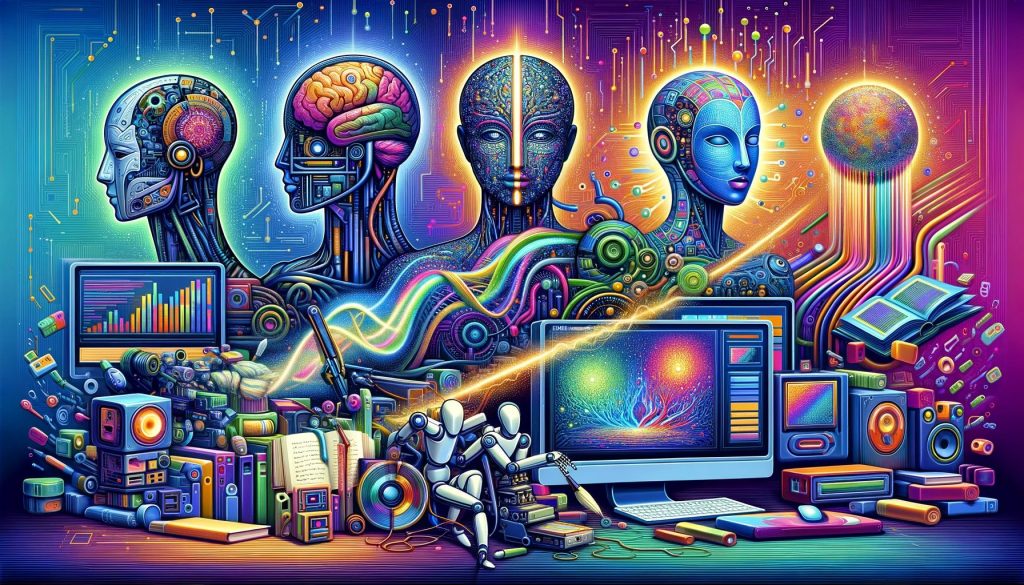
The history of AI’s mastery over language is a relentless pursuit of understanding.
It began in the earnest post-war years, the 1950s, marked by the Georgetown-IBM experiment in 1954. Here, for the first time, a computer translated 60 Russian sentences into English. It was a modest output, but its implications were profound. It suggested a future where machines could bridge language barriers.
The 1960s introduced a pivotal figure, Noam Chomsky. His theory of ‘universal grammar’ provided a structured approach to understanding language – a framework that could be encoded into machines. This era saw NLP focusing on the rules and structures of language, evolving from simple word-for-word substitution to understanding syntax and grammar.
As we moved into the 1980s and 1990s, the field of NLP expanded, incorporating statistical methods. This period marked a shift from rule-based systems to those that learned from large datasets. The ’90s were a renaissance for NLP, with the advent of machine learning techniques that allowed for more nuanced language understanding and generation.
Parallel to the evolution of NLP, the concept of Generative AI began to take shape. The 1960s had already seen early examples like ELIZA, a simple chatbot that could mimic human conversation.
It was in the 2010s that Generative AI truly blossomed, fueled by advancements in neural networks and an explosion in computational power. This era saw the creation of AI models that could generate realistic images, compose music, and even write coherent pieces of text.
The journey of Large Language Models (LLMs) began in earnest in the late ’80s and ’90s, with companies like IBM leading the development of smaller language models. These early models laid the groundwork for what was to come.
However, it was in 2001 that a significant leap occurred with the introduction of the first neural language model. This model used neural networks to process and generate language, marking a departure from the rule-based systems of the past.
As we entered the 2010s, LLMs like OpenAI’s GPT 3.5/4 and Google’s BERT represented monumental leaps. These models, trained on vast datasets, could not only understand and generate language with unprecedented fluency but also perform a variety of language tasks, from translation to question-answering.
Understanding Generative AI, LLMs, and NLP
GenAI, LLMs), and NLP each play a role in the grander scheme of machine intelligence, like unique instruments in an orchestra, creating a symphony of digital language and creativity.
Natural Language Processing (NLP): The Foundation
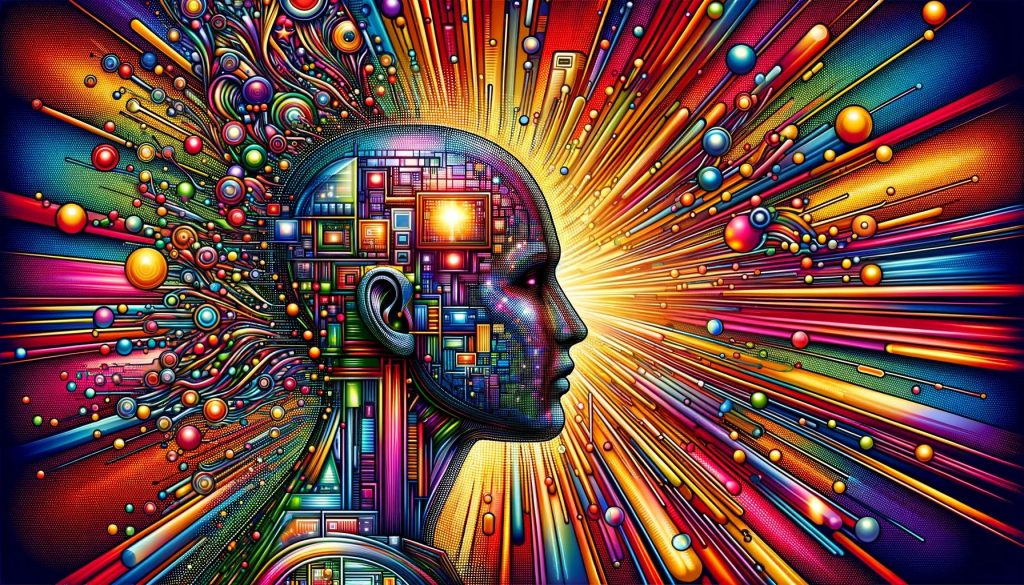
NLP is the bedrock, the foundational element in this trinity. It is the domain of AI that enables machines to understand, interpret, and respond to human language.
At its core, NLP uses algorithms to process and analyze human language data – turning the sprawling, chaotic wilderness of our words into structured, understandable information.
Early NLP systems were rule-based, relying on sets of hand-coded rules to interpret language. However, the field has evolved.
Modern NLP uses statistical and machine learning techniques, allowing machines to learn language patterns from vast datasets. This learning enables NLP systems to perform tasks like sentiment analysis, language translation, and speech recognition.
Large Language Models (LLMs): The Evolution
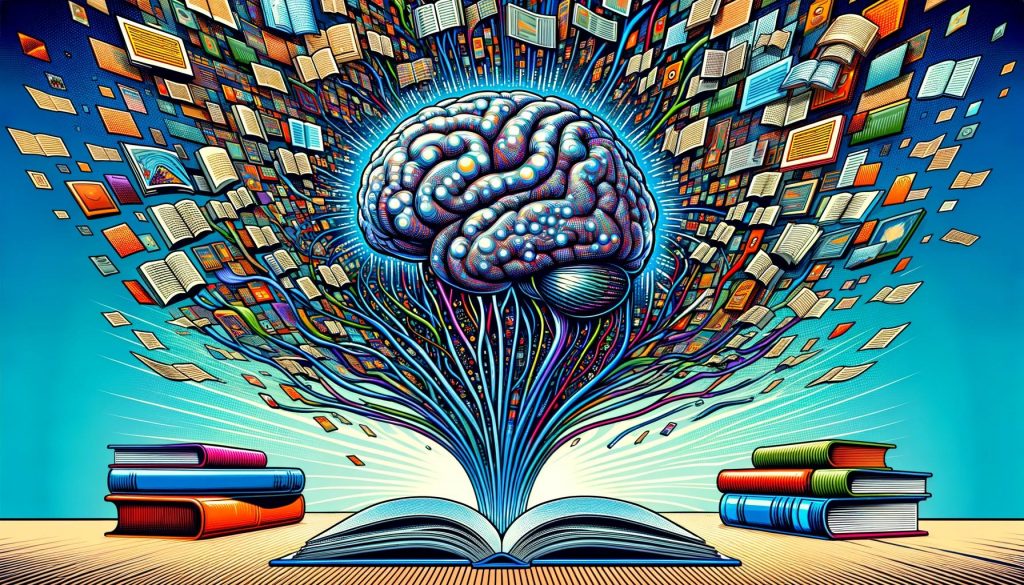
Enter LLMs, the next evolution. These are highly sophisticated models, a step above basic NLP. LLMs like GPT (Generative Pre-trained Transformer) and BERT (Bidirectional Encoder Representations from Transformers) are built upon the foundation laid by NLP. They use deep learning, a subset of machine learning, to process and generate human language on a vast scale.
What sets LLMs apart is their size and scope. They are trained on enormous datasets, encompassing a wide swath of human language from books, articles, and websites. This extensive training allows them to generate text that is remarkably coherent and contextually relevant, handling tasks that range from writing articles to engaging in conversations.
Generative AI: The Creative Apex
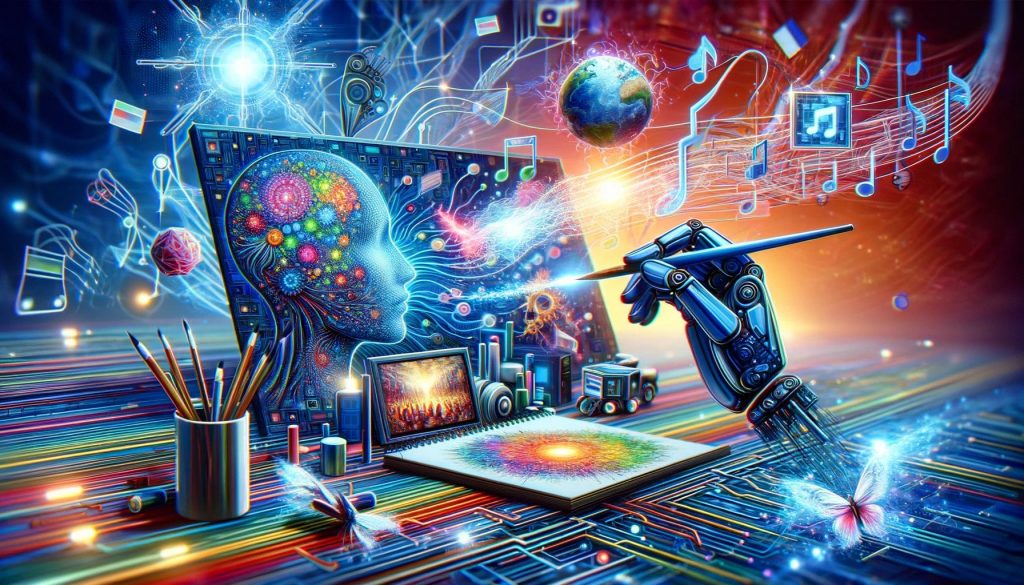
Generative AI is the creative apex of this trio. While it encompasses LLMs, its domain extends beyond language. Generative AI refers to AI systems that can generate new content, be it text, images, music, or even video. It uses advanced algorithms, often a form of deep learning known as Generative Adversarial Networks (GANs), to create new content that is original yet plausible.
In language, Generative AI takes the capabilities of LLMs and pushes them into the realm of creativity. It’s not just about understanding or generating coherent text – it is about creating something new, be it a story, a poem, or a block of code.
Differences and Overlaps
While they share a common thread, NLP, LLMs, and Generative AI have distinct roles. NLP is about understanding and processing language, a fundamental necessity. LLMs build on this, using the capabilities of NLP to generate language that is not only coherent but contextually relevant.
Generative AI, meanwhile, takes the baton and runs further. It uses the language generation capabilities of LLMs but extends into creating novel content across various mediums. Its scope is broader, and its potential more far-reaching.
Yet, these distinctions are not clear-cut. LLMs are a subset of NLP, and Generative AI often relies on the language capabilities of LLMs. They are interconnected, each building on the advancements of the others.
Applications of NLP, LLMs, and Generative AI
Each of these technologies has its role, serving distinct purposes. Let us delve into the practical applications of each, exploring how they transform various industries and activities.
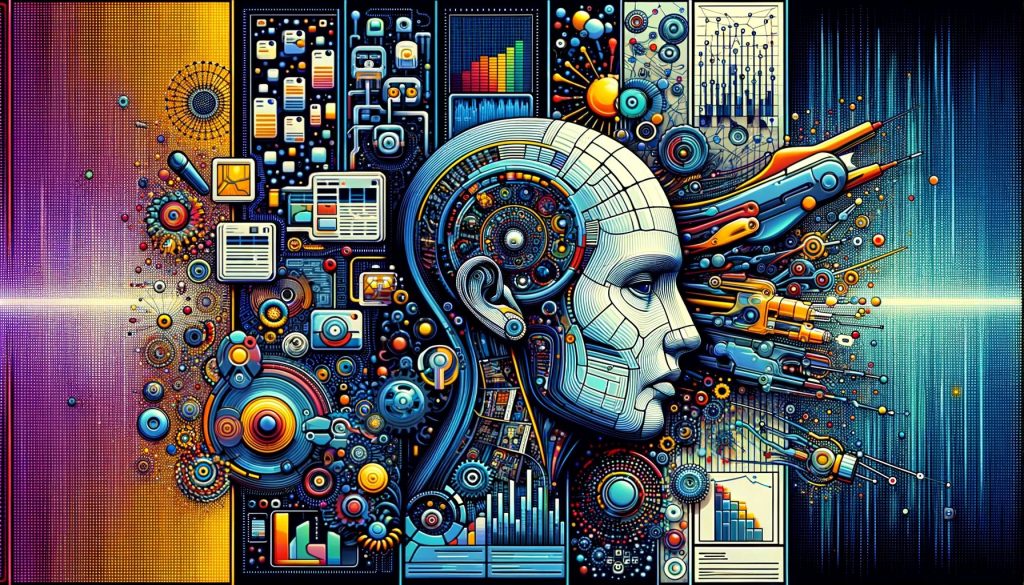
NLP Use Cases: Language Decoded and Refined
- Translation: NLP breaks language barriers, translating text between languages, and streamlining global communication.
- Autocorrect and Autocomplete: In digital devices, NLP corrects spelling and predicts the next words, enhancing typing efficiency.
- Conversational AI: Powering chatbots and virtual assistants, NLP enables them to comprehend and reply to user queries, making digital interactions more human.
- Automated Text Summarization: NLP condenses long texts, extracting essential information, and is useful in academia and legal fields.
- Sentiment Analysis: By analyzing text, NLP gauges sentiments, pivotal in customer feedback and market research.
- Email Filters: NLP classifies emails, enhancing spam detection and inbox organization.
- Speech Recognition: It converts spoken words into written text, aiding voice assistants and transcription services.
- Interactive Learning Tools: In education, NLP powers language learning apps, adapting to individual learning styles and progress.
- Content Categorization: NLP assists in organizing vast digital libraries, from academic archives to news portals, ensuring easy access to relevant information.
LLMs Use Cases: Advanced Language Understanding and Generation
- Enhanced Chatbots: LLMs boost chatbot capabilities for nuanced customer support and interaction.
- Deeper Sentiment Analysis: They delve into emotional undertones in text, aiding in comprehensive feedback analysis.
- Translation and Localization: LLMs adapt content for different languages and cultures, maintaining linguistic and cultural relevance.
- Financial Analysis: In finance, LLMs detect fraud, analyze sentiments, and automate document analysis.
- Medical Diagnosis and Research: They aid in diagnosing diseases and support medical research by processing scientific literature.
- Legal Document Analysis: In law, LLMs help analyze legal documents, identifying key clauses and relevant information, saving time and resources.
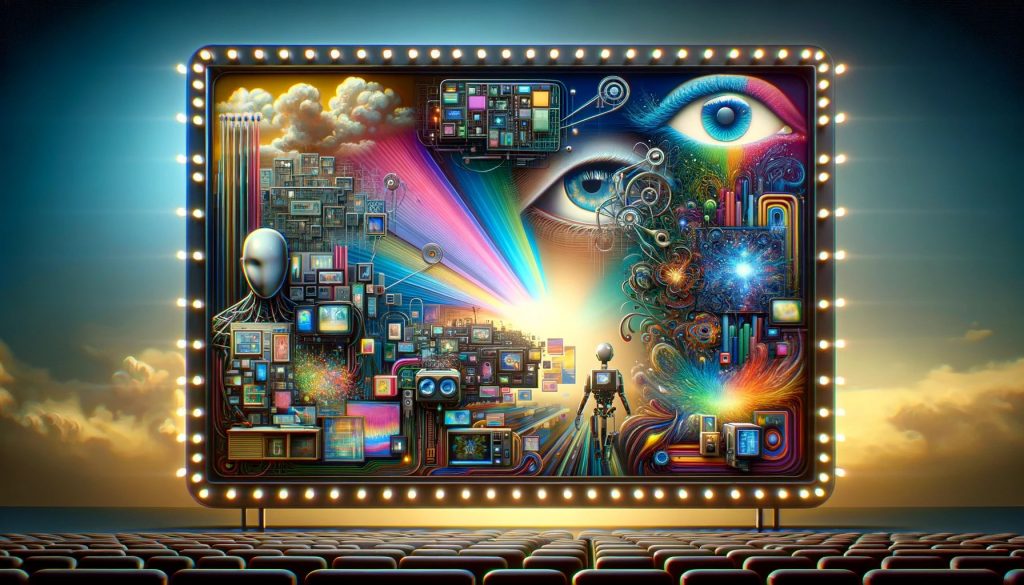
Generative AI Use Cases: Creation and Innovation
- Content Creation: Generative AI crafts realistic images, animations, and audio, revolutionizing graphic design and video marketing.
- Automating Workflows: It streamlines project workflows, reducing repetitive tasks, especially in creative industries.
- Business Strategy Development: Generative AI aids in devising smarter business strategies and operational roadmaps.
- Worker Augmentation: It enhances workers’ capabilities in drafting, editing, and organizing text, images, and other media.
- Healthcare Innovations: Generative AI is pivotal in drug development, disease progression prediction, and other medical breakthroughs.
- Architectural and Engineering Design: They assist in generating design models, offering a range of possibilities based on specific parameters.
- Procedural Content Generation in Gaming: In video games, Generative AI technologies craft unique, evolving environments and storylines, enhancing player experience.
- Data Synthesis for Training AI Models: They generate synthetic datasets, crucial for training other AI models without the need for vast real-world data.
Each of these technologies, with its unique capabilities, is reshaping how we interact with language, create content, and analyze data.
Comparative Analysis of Generative AI vs LLM vs NLP Tools and Platforms
Various tools and platforms have emerged, each specializing in NLP, LLMs, and Generative AI. Here, we dive into a comparative analysis, exploring their unique functionalities, strengths, and weaknesses.
NLP Tools and Platforms: Deep Linguistic Analysis
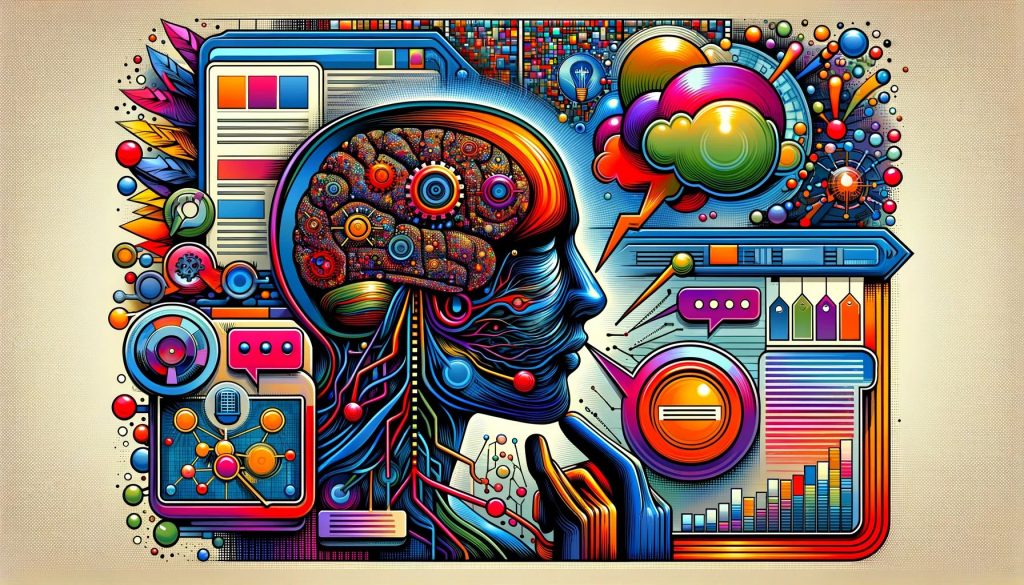
- NLTK (Natural Language Toolkit): This library is a gateway into NLP for many beginners. It provides extensive resources for text processing, such as tokenization, parsing, and classification. While excellent for educational purposes, NLTK is not optimized for handling very large datasets and lacks the integration of more advanced deep learning techniques, making it less suitable for complex, large-scale applications.
- spaCy: Renowned for its speed and efficiency, spaCy is designed for industrial-strength applications. It excels in named entity recognition, part-of-speech tagging, and dependency parsing, and is optimized for performance. spaCy’s integration with deep learning frameworks like TensorFlow and PyTorch makes it a powerful tool for advanced NLP tasks. However, its more complex and less intuitive setup compared to NLTK can pose a challenge for beginners.
- Stanford NLP: This Java-based suite is known for its accuracy and depth in linguistic analysis, offering tools for a range of tasks from part-of-speech tagging to parsing. Its primary strength lies in its detailed, accurate analysis, but this comes at the cost of complexity and lower efficiency in processing large datasets compared to some newer tools.
- Apache OpenNLP: As a machine learning-based toolkit, Apache OpenNLP excels in processing and analyzing large amounts of text, making it a solid choice for enterprise applications. It supports common NLP tasks and is known for its scalability and robust performance. The toolkit’s ability to integrate into larger applications makes it a versatile choice, though it may require more setup and customization.
Other Notable Tools: TextBlob is excellent for quick and easy text processing tasks. CoreNLP offers comprehensive linguistic analysis, ideal for researchers.
LLM Platforms: Advanced Text Generation and Understanding
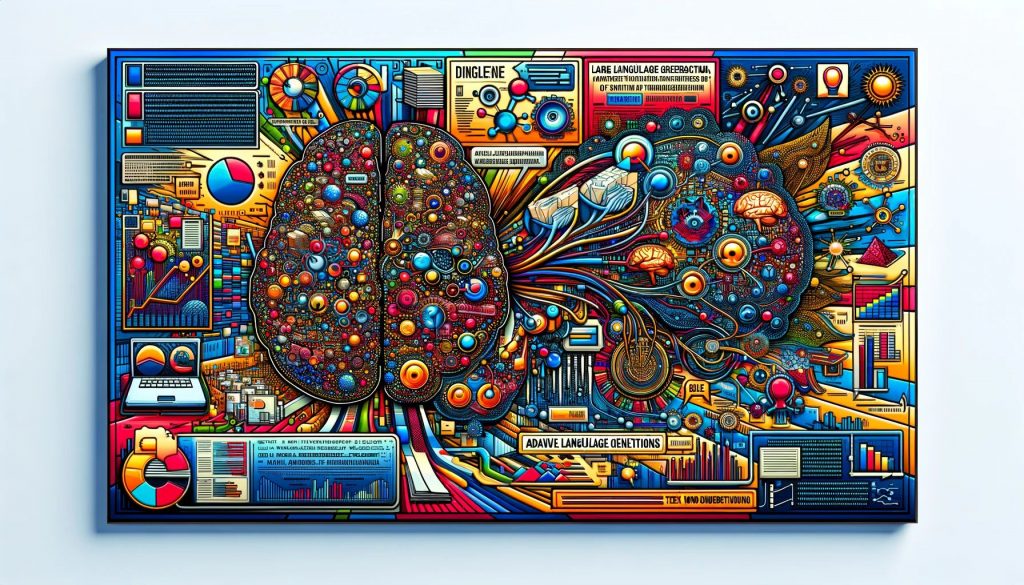
- OpenAI’s GPT-3.5/4: As a frontrunner in LLMs, GPT-3.5/4’s strength lies in its ability to generate human-like text, making it suitable for a wide range of applications from automated content creation to conversational agents. However, the model can sometimes produce outputs that are off-topic or factually incorrect, and its large scale can make it prone to perpetuating biases found in its training data.
- Google’s BERT: BERT excels in understanding the context of words in sentences, making it particularly effective for natural language understanding tasks like sentiment analysis and question answering. It is less focused on text generation, which can be a limitation for certain applications.
- IBM Watson: Known for its broad array of AI services, IBM Watson’s language understanding capabilities are particularly strong, making it suitable for various applications, from customer service to data analysis. Its versatility and ability to integrate into different systems make it a powerful tool, though it requires more initial setup and understanding of its API.
- Facebook’s RoBERTa: Building on BERT, RoBERTa optimizes its training process for improved performance across a range of linguistic tasks. While it offers enhancements in accuracy and efficiency, it demands significant computational power, making it less accessible for those with limited resources.
Other Notable Platforms: Google’s T5 is adept at converting text inputs into different desired outputs. Microsoft’s Turing-NLG is a significant player in large-scale language modeling.
Generative AI Tools: Pioneering Creative Frontiers
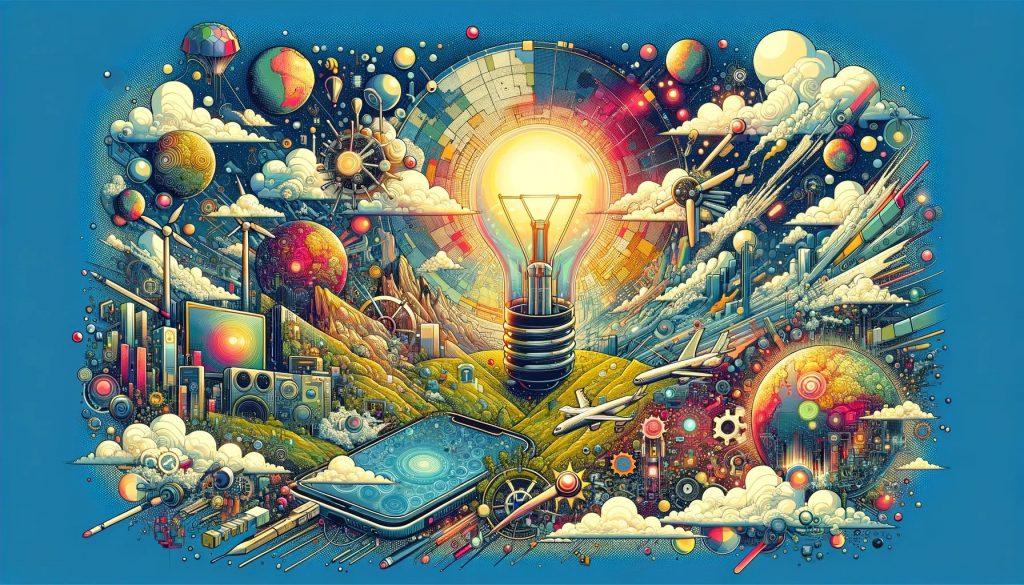
- DeepArt: This tool uses neural networks to transform photographs into artworks in several styles. While it excels in artistic content generation and is user-friendly, it is specialized for visual art, limiting its application to other forms of content generation.
- RunwayML: RunwayML stands out for its user-friendly interface and versatility, offering tools for image, video, and text generation. It caters to creators without in-depth technical knowledge and strikes a balance between ease of use and the depth of functionality, though it may not offer the level of customization desired by more advanced users.
- Artbreeder: Utilizing Generative Adversarial Networks (GANs), Artbreeder allows users to blend and manipulate images, offering elevated levels of creativity and user control in visual art creation. It is particularly popular for its ease of use but is focused solely on visual content, lacking versatility for other media.
- Jukebox by OpenAI: As a tool for creating music, Jukebox is a standout for its ability to generate novel songs in a range of styles. It requires some understanding of musical composition and AI to be used effectively, but it highlights the creative potential of Generative AI in a field traditionally dominated by human creativity.
Other Notable Tools: DALL-E excels in creative image generation, pushing the boundaries of AI-driven art. WaveNet by DeepMind is renowned for generating realistic and human-like speech, a breakthrough in speech synthesis.
While each tool and platform has its niche, the choice often boils down to the specific requirements of a project.
NLTK and spaCy, for instance, are excellent for foundational NLP tasks, but integrating them with deep learning models is essential for more complex applications. In contrast, GPT-3.5/4 and BERT, while powerful, require careful handling to mitigate issues like bias and inaccuracies.
For creative endeavors, tools like DeepArt and RunwayML demonstrate the potential of Generative AI in art and multimedia, though they serve different user needs in terms of simplicity versus customization.
Future Prospects of Generative AI, LLMs, and NLP
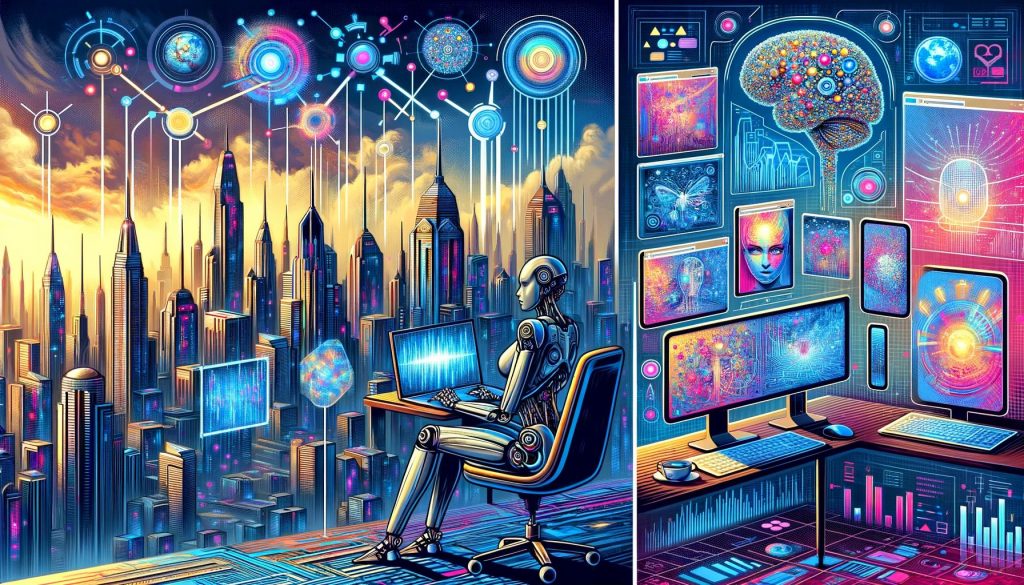
Let’s venture into the potential advancements and ongoing research in these fields and try to see what lies ahead.
NLP: Linguistic Leaps
- Enhanced Contextual Understanding: Future NLP models are poised to grasp deeper nuances of language, bridging the gap between human and machine communication. Ongoing research aims to refine context awareness, enabling more sophisticated dialogue systems.
- Cross-cultural Communication: Advancements in NLP will focus on overcoming cultural barriers, enabling more accurate translations and interpretations across diverse languages and dialects.
- Neuro-Linguistic Programming Integration: Emerging research explores the integration of NLP with neuro-linguistic programming, potentially revolutionizing cognitive therapies and personalized learning.
LLMs: Enhanced Understanding
- Refined Contextual Accuracy: The next generation of LLMs will tackle the current limitations in accuracy and bias. Research is underway to develop models that are more contextually aware and ethically aligned.
- Multimodal Models: Future LLMs will efficiently integrate multimodal inputs, combining text with visual and auditory data, paving the way for more comprehensive AI systems.
- Personalized AI Assistants: The evolution of LLMs might lead to highly personalized AI assistants capable of understanding and adapting to individual user preferences and needs in various sectors.
Generative AI: The Future of Creativity
- Creative Collaboration Tools: Generative AI is set to become a collaborator in creative fields, offering tools that augment human creativity in art, music, and design.
- Advancements in Synthetic Data Generation: Ongoing research focuses on generating more realistic and diverse synthetic data, which could revolutionize AI training and development.
- Ethical and Responsible AI Creation: A significant area of future development in Generative AI is the creation of ethical guidelines and frameworks to govern its use, especially in sensitive areas like media creation and personal privacy.
Conclusion
The collective trajectory of NLP, LLMs, and Generative AI points towards a more interconnected, intelligent, and creative AI landscape. The potential advancements in these fields promise not only technological breakthroughs but also a deeper understanding and enhancement of human capabilities.
As research continues to push the boundaries, the future of these AI domains is poised to be as exciting as it is transformative, shaping the way we interact with technology and each other.



